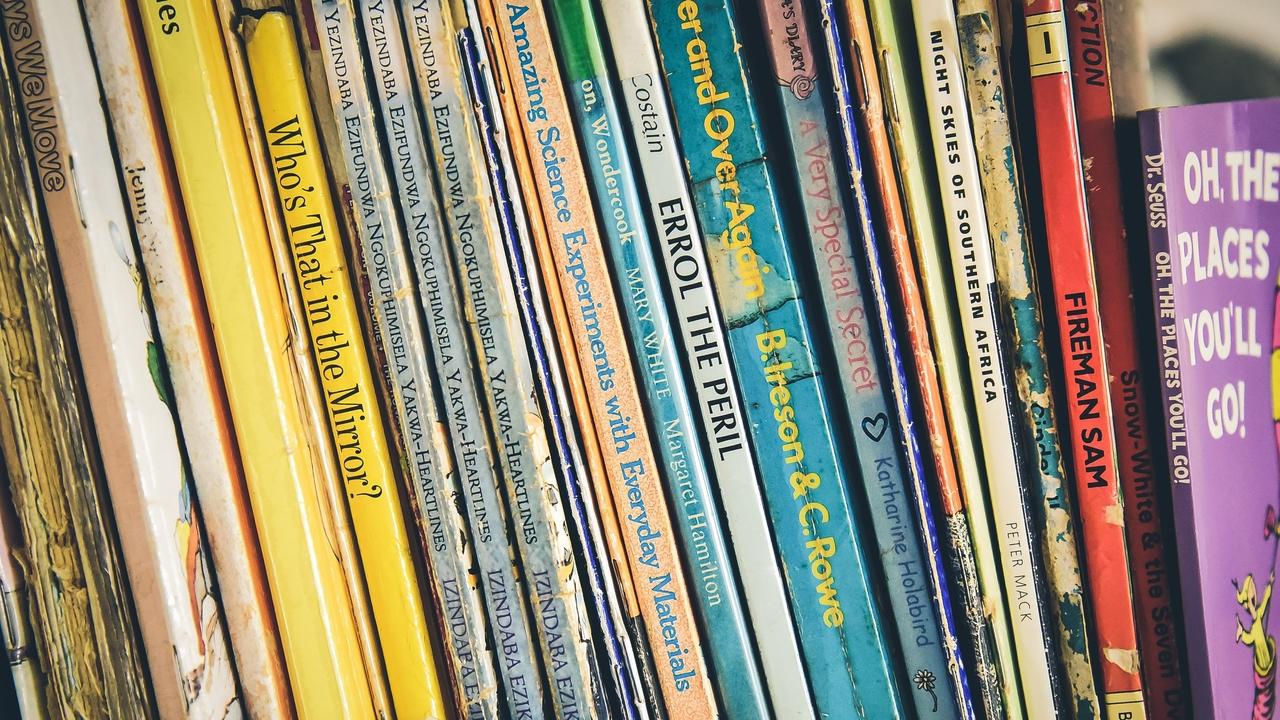
Seven Ways to Add Stories to Your eLearning Courses
Jan 21, 2019by Monica Cornetti
CEO, Sententia Gamification
We all know that stories are a great way to engage an audience, yet it seems so few people actually study and use the tool in a manner that truly impacts their audience.
So, what does it actually take to create a story that is not only engaging but also a highly effective training tool?
Storytellers often use one of seven basic plots identified by Christopher Booker, in his Jungian-influenced analysis of stories and their psychological meaning:
- Overcoming a Monster – the hero(es) must overcome a dark evil creature, person, or entity that has exerted an evil destructive force over a person, a group of people or a place. Examples: The Silence of the Lambs, Dracula, Jaws, Hansel and Gretel
- Rags to Riches – the central character is seemingly plucked from nothing to greatness where they are very often rich with immense status. The hero very often gets quick success which is swiftly taken away from them. In order to return to this “rich” state the protagonist must very often defeat a foe of some kind. Examples: Aladdin, Cinderella, Great Expectations
- The Quest – revolves around a central protagonist striving to meet an all-important and often far off goal. The hero cannot rest until this task has been completed. Along this journey the hero will be met with obstacles and forces trying to stop him from achieving his goal. Examples: The Lord of the Rings, Apocalypse Now, Raiders of the Lost Ark
- The Voyage and Return – based around a journey. In this plot type the hero is transported to another world and then back again. On this journey the protagonist learns things that give him a deeper understanding of himself and the world around him. Examples: Alice in Wonderland, Gulliver's Travels, Back to the Future, the Wizard of Oz
- Comedy – involves a humorous character who gets into lots of embarrassing situations and near-disasters, but in the end triumphs over all the adversities and finds happiness. Examples: Bridget Jones Diary, Four Weddings and a Funeral, Mr. Bean
- Tragedy – the protagonist ends with a tragic downfall or death. They may learn from the troubles they encounter along the way, but not enough to be redeemed in this life. Examples: Bonnie and Clyde, Romeo and Juliet, Breaking Bad
- Rebirth – the protagonist is often cast under a dark spell either instigated by himself or an outside force, and is derived from something within his own psyche. The hero’s liberation can only be achieved through the actions of other good forces. The redemptive power of love often plays a part as a liberating force. Examples: A Christmas Carol, Beauty and the Beast
These common plots resonate with people. When a story follows one of these plots people can easily understand the story and are more likely to become involved.
When you listen to a story, your brain reacts as if you were in the story having the experience and releases neurochemicals throughout your body. Cortisol, a stress modulating hormone, is released if the story is tense. Oxytocin, the bonding hormone, is released when the story is heartwarming. And if the story has a happy ending, then dopamine, which makes people feel optimistic, is released.
You can apply the same concepts that pull you into a great book or movie to your training programs to elicit an emotional connection with your learning audience. Create a story today and give your learners a richer brain event!
Don't miss a beat!
New moves, motivation, and classes delivered to your inbox.
We hate SPAM. We will never sell your information, for any reason.
